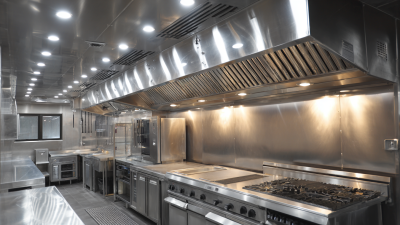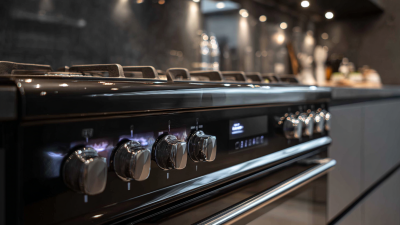Quality first, innovative service
Leave Your Message
-
Phone
-
E-mail
-
Whatsapp
-
Whatsapp

-
Wechat17786531544
-
Wechat

Quality first, innovative service


In the heart of every culinary space lies the kitchen hood, a critical component that often goes unnoticed yet plays a vital role in maintaining a healthy cooking environment. According to the National Kitchen and Bath Association, an estimated 80% of homeowners prioritize ventilation when renovating or designing their kitchens, underscoring the importance of selecting the right kitchen hood. Proper ventilation not only enhances cooking efficiency but also safeguards indoor air quality by removing smoke, grease, and odors that can accumulate during meal preparation.
The market for kitchen hoods has been steadily growing, with a projected increase at a compound annual growth rate (CAGR) of over 6% through the next five years, as documented by various industry reports. This boom reflects the rising consumer awareness about the significance of kitchen ventilation and the aesthetic appeal that modern hoods can bring to culinary spaces. With numerous options available on the market, choosing the perfect kitchen hood can be daunting, yet the right selection can transform both the functionality and style of a kitchen. In this guide, we will navigate through key considerations to help you make informed decisions that resonate with your cooking needs and design preferences.
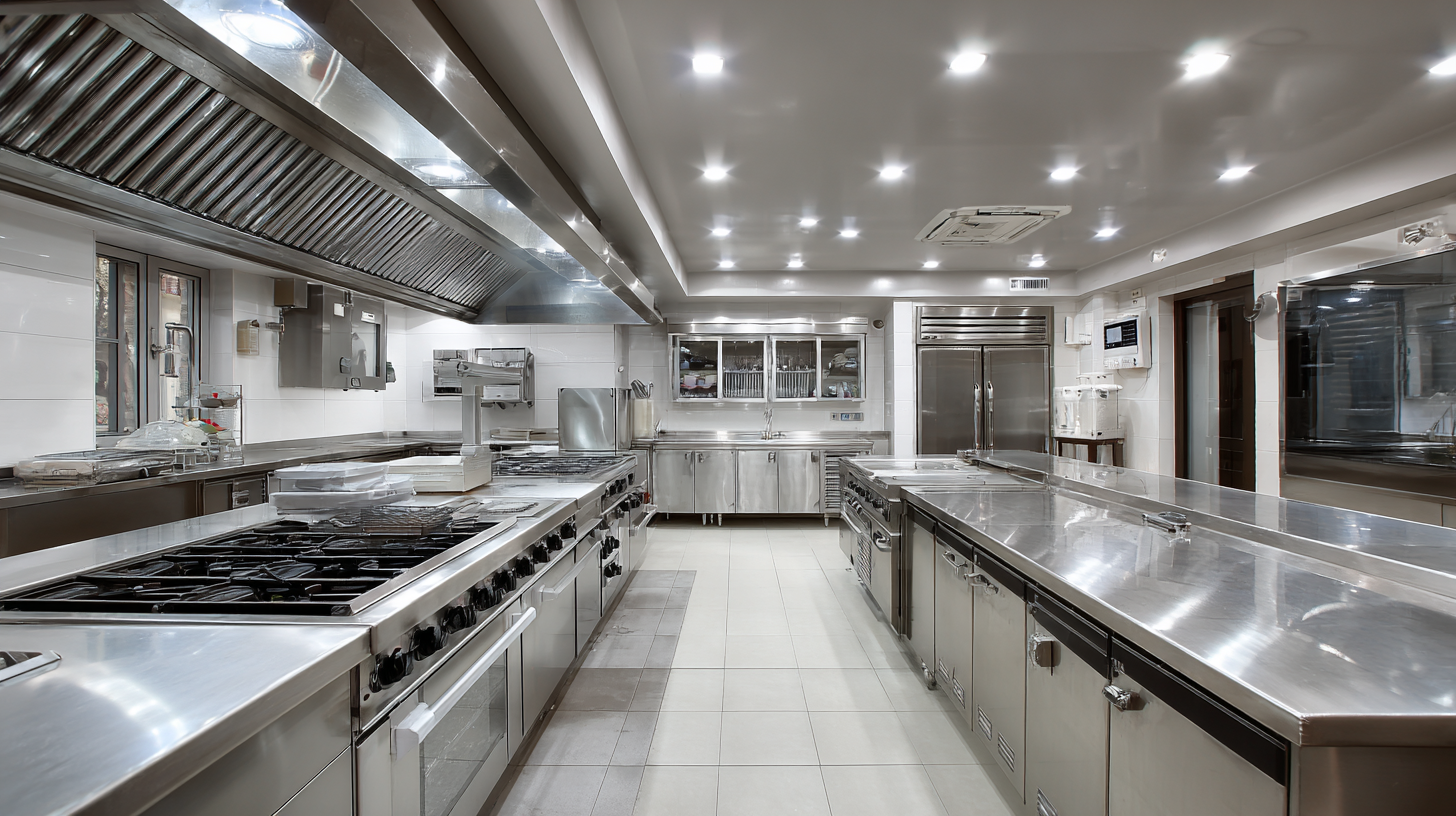
When selecting a kitchen hood, understanding the different types and their benefits is essential for enhancing your culinary space. Kitchen hoods primarily fall into three categories: under-cabinet, wall-mounted, and island hoods. Under-cabinet hoods are discreet and fit snugly under cabinets, while wall-mounted hoods serve as focal points, offering both functionality and style. Island hoods, designed for open spaces, can provide a dramatic appeal while ensuring effective smoke and odor removal. According to recent market reports, the demand for wall-mounted and island hoods has surged, particularly among younger homeowners looking for chic design paired with high performance.
In evaluating performance metrics, manufacturers are focusing on suction power, noise levels, and innovative features like smart technology integration. The latest consumer insights indicate that over 60% of homeowners prioritize suction power when selecting a range hood, with a preference for units that can efficiently handle high-heat cooking. Moreover, as urban kitchens grow smaller, compact and quiet models are gaining traction, aligning with a growing trend towards minimalism. A notable observation is that advancements in technology have led to significant improvements in noise reduction, with many modern hoods operating at decibel levels comparable to a quiet library, thus creating a more enjoyable cooking environment.
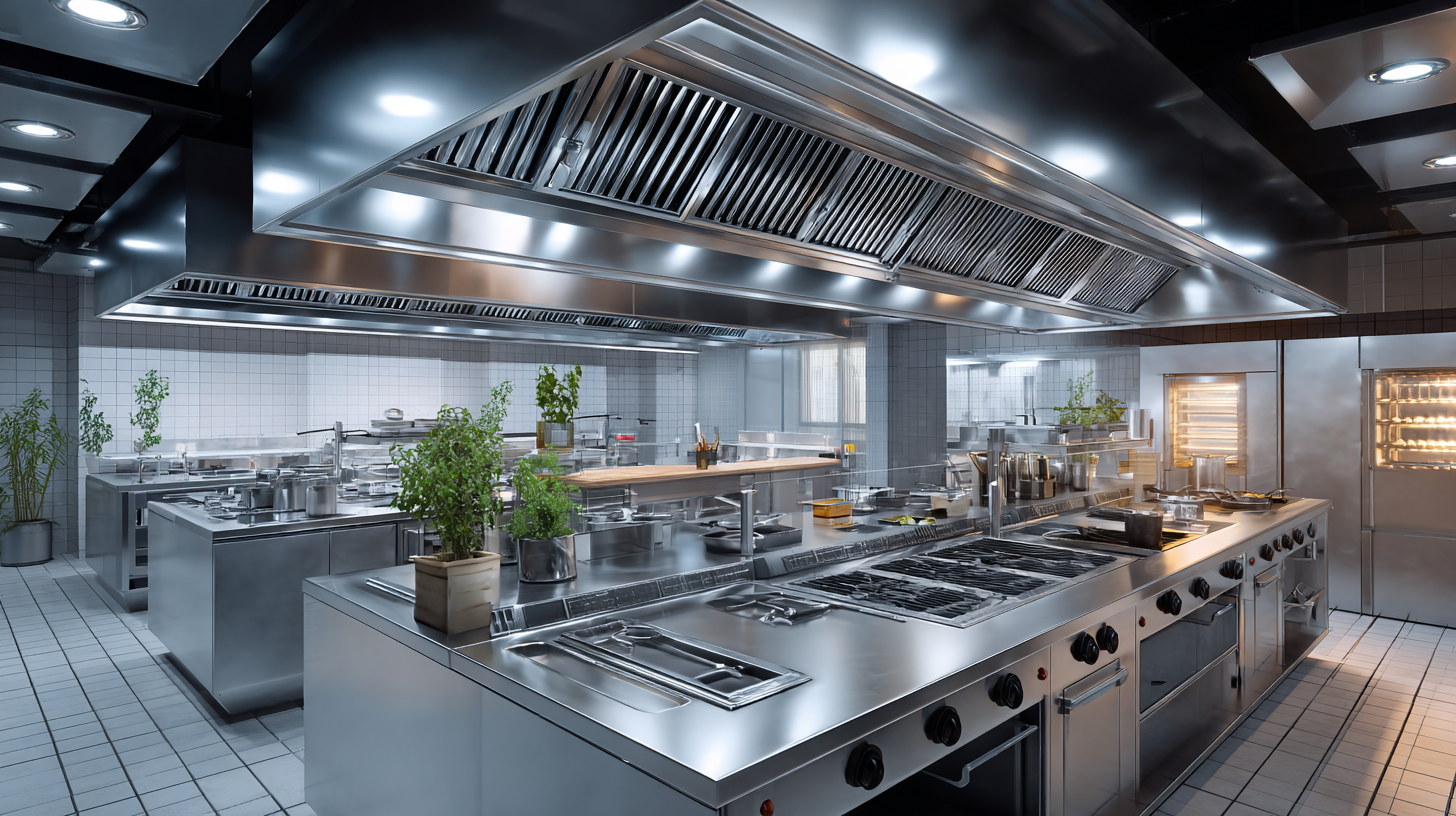 When choosing the perfect kitchen hood, several key factors should be prioritized to ensure optimal performance and a comfortable cooking environment. One of the primary considerations is the hood's suction power. It is recommended to select a model with at least 300 CFM (cubic feet per minute) for effective smoke and odor removal. According to a recent report by a Chinese market analysis firm, the retail value of kitchen appliances has significantly increased, highlighting the growing trend towards modern kitchen solutions.
When choosing the perfect kitchen hood, several key factors should be prioritized to ensure optimal performance and a comfortable cooking environment. One of the primary considerations is the hood's suction power. It is recommended to select a model with at least 300 CFM (cubic feet per minute) for effective smoke and odor removal. According to a recent report by a Chinese market analysis firm, the retail value of kitchen appliances has significantly increased, highlighting the growing trend towards modern kitchen solutions.
Another important aspect to address is noise levels. Many consumers are now seeking quieter models to maintain a peaceful cooking atmosphere. Research indicates that hoods operating below 60 decibels are preferred in residential kitchens, fostering a more enjoyable culinary experience. Additionally, ease of cleaning plays a crucial role; opting for hoods with grease filters that are dishwasher safe can save time and maintain hygiene.
Tips:
- Always measure your kitchen size and consider a hood that complements your cooking style. For instance, if you frequently stir-fry, choose a more powerful unit.
- Explore designs that integrate seamlessly into your kitchen aesthetics, as the visual appeal is just as essential as functionality.
When selecting the perfect kitchen hood, proper measurements are crucial to ensure functionality and aesthetics. Start by measuring the width of your stove or cooktop, as the hood should ideally be at least as wide as the cooking surface to effectively capture smoke and odors. Consider extending the hood's width by a few inches on either side to maximize coverage, especially if you have a larger cooking area. This initial measurement lays the foundation for choosing a hood that meets both practical needs and design expectations.
Next, assess the height at which the hood will be installed. For most kitchens, the standard recommendation is to mount the hood 24 to 30 inches above the cooking surface. However, this can vary based on the type of cooking equipment and any local building codes. To ensure ease of access and optimal performance, consider your cooking habits — if you often use taller pots or pans, you may want to opt for a higher installation. Take precise measurements from the floor to the desired mounting height and from the wall to the cooking surface to finalize your choice of a kitchen hood that seamlessly integrates into your culinary space.
| Kitchen Type | Room Size (sq ft) | Recommended Hood Size (inches) | Ventilation Type | CFM (Cubic Feet per Minute) |
|---|---|---|---|---|
| Small Apartment Kitchen | 100 | 30 | Ducted | 200 |
| Medium Family Kitchen | 200 | 36 | Ducted | 400 |
| Large Gourmet Kitchen | 300 | 48 | Ducted/Recirculating | 600 |
| Open Concept Kitchen | 250 | 42 | Ducted | 500 |
| Professional Chef Kitchen | 400 | 54 | Ducted | 900 |
When installing a kitchen hood, ensuring a seamless integration into your culinary space can significantly enhance both functionality and aesthetics. According to a report by the Home Ventilating Institute (HVI), appropriate installation of a kitchen hood can reduce cooking odors by up to 60%, while improving indoor air quality. This makes the installation process critical for achieving an effective kitchen environment.
Tip 1: Before installation, carefully assess the kitchen layout to determine the ideal location for your hood. It should be positioned at least 30 inches above the cooking surface, as recommended by the American Society of Heating, Refrigerating and Air-Conditioning Engineers (ASHRAE), to ensure optimal ventilation.
Tip 2: Consider ducted vs. ductless systems based on your kitchen design and ventilation needs. Ducted systems provide more effective air removal, achieving up to 75% efficiency in smoke and odor extraction, as reported by the Environmental Protection Agency (EPA). However, if ducts aren’t feasible, a high-quality ductless model with a robust charcoal filter can still improve air quality significantly.
By investing the time to strategically plan your kitchen hood installation, you can create a cleaner, more enjoyable space for your culinary adventures.
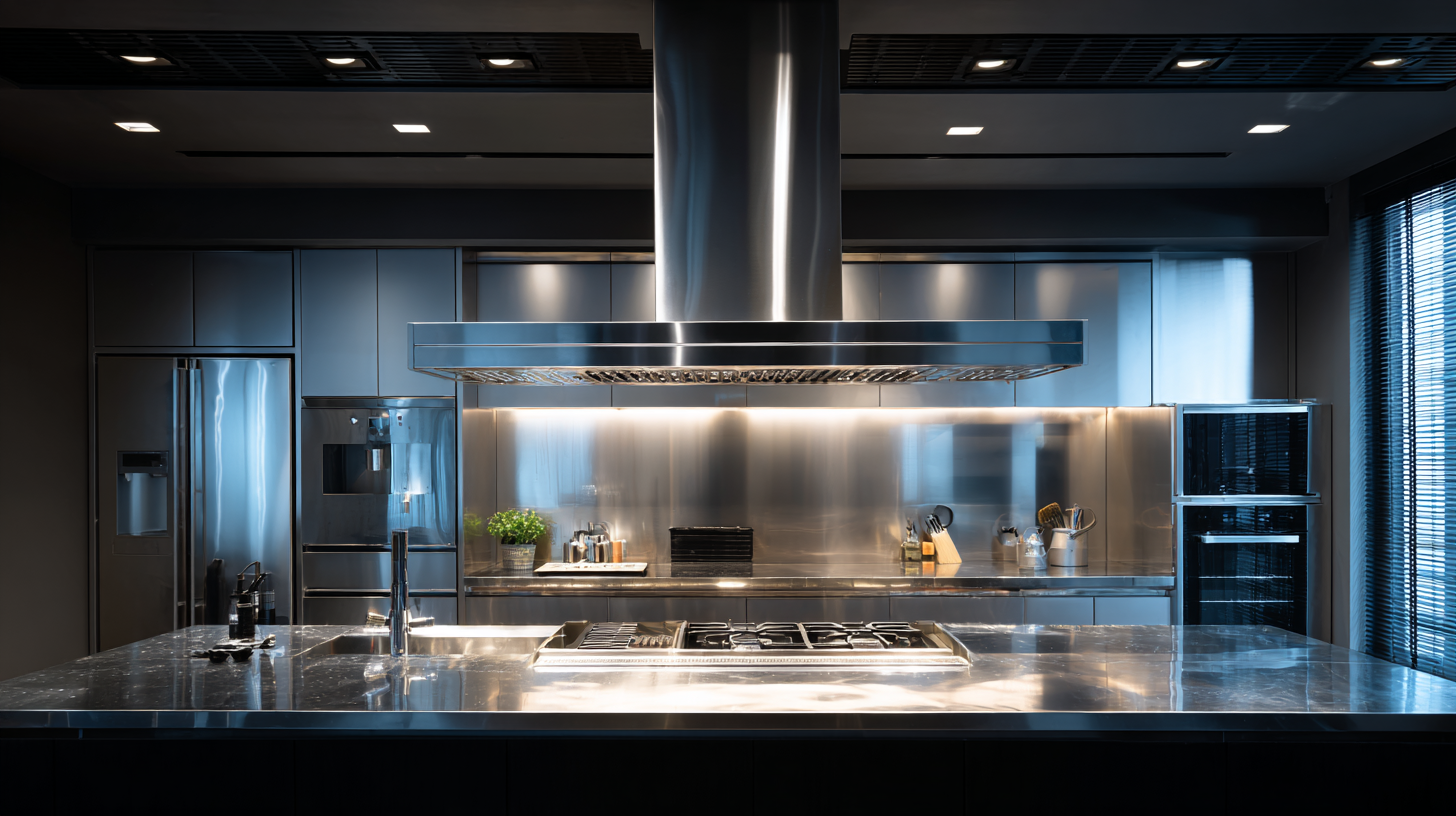
Maintaining your kitchen hood is crucial for ensuring optimal performance and longevity. A clean hood not only improves your kitchen's air quality but also enhances the efficiency of your cooking space. Grease, dust, and smoke can accumulate over time, obstructing airflow and forcing the appliance to work harder. Regular cleaning is essential to prevent these issues and to keep your kitchen environment healthy.
Tip 1: To maintain your kitchen hood, clean the filters at least once a month. If you use your kitchen frequently, opt for a dishwasher-safe filter for easy maintenance. Simply soak it in hot, soapy water, rinse thoroughly, and allow it to dry before reinstalling.
Tip 2: Inspect the exhaust duct regularly for any clogs or grease buildup. Depending on your cooking habits, a thorough duct cleaning may be necessary every six months to a year. Hiring a professional service can help ensure the ventilation system operates efficiently.
Implementing these simple maintenance tips will help you enjoy an effective kitchen hood, allowing you to focus on your culinary creations without unnecessary distractions.
